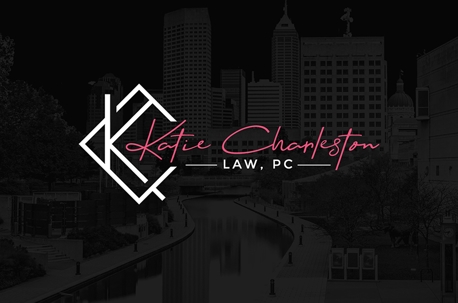Understanding Patent Infringement
posted by: Katie Charleston Law, P.C.
According to the U.S. Patent and Trademark Office, more than half a million patents have been filed every year since 2010. Between around 250,000 and 388,000 patents were approved for each of those years.
Patents are an important legal step in protecting your ownership rights for an invention or innovation. If you have patents, it’s important to be aware of patent infringement risks. On the flip side, if you create, produce, and sell products, you also have to be aware of the patent rights of others and ensure you don’t infringe upon them.
Keep reading to find out more about patent infringement, including what it is exactly and when it might occur.
The Definition of Patent Infringement
Similar to copyright infringement, patent infringement occurs when one party infringes upon the intellectual property rights of another. Patent rights deal very specifically with concepts such as designs, inventions, and systems, though, and not ideas or creative works.

Patent infringement occurs when one entity uses a patent-protected product, invention, or system in a way that oversteps the rights of the company or person who owns the patent.
For example, Nintendo once lost a patent case when it was sued by iLife, a medical device company. At first glance, you might wonder what a medical device company had to do with a gaming company. However, iLife successfully demonstrated in court that Nintendo’s Switch controllers used accelerometer technology that was patented by iLife. The fact that iLife used the technology to track motion to provide safety protocols for the elderly and Nintendo used it to track hand motion for game controls did not keep this from being a patent infringement.
Nintendo had to pay $10 million in damages.
When Might You Have a Patent Infringement Claim?
However, you can’t simply demonstrate that a product is similar to your patented product. Patent infringement cases must meet certain requirements to ensure success with a case.
What Is the All-Elements Rule?
First, patent infringement requires that the issue at hand pass the “all-elements rule.” This rule says that for patent infringement to occur, 100% of the elements in at least one of the claims in the patent must be present in the so-called infringing product or design. If one element is not present, then the product doesn’t infringe on the patent holder’s rights.
This means that every element has to be looked at, not just the invention itself. This is one reason that you can have smartphones that, at first glance, appear super similar being made by different brands. In reality, the elements of those devices are usually quite different.
Geographical Limitations
Patent infringement is also limited by geography. If you file a patent with the USPTO, you are typically getting a U.S.-based patent. Your rights in that case would not extend into international markets.

If you are interested in global markets or international protection, it’s important to talk to a lawyer versed in international business topics to find out how to protect your products and rights outside of the United States.
The Claims of the Patent
Finally, it’s important to remember that patent infringement cases are complex and detailed, and they don’t actually look at the product itself. Instead, they look at the claims of the patent.
Patent applications include a description of products, which might describe the use of the product or how it is made. They also include claims, which describe what is legally protected under the patent. You can have three main types of claims:
- Things, which refers to items made of matter
- Methods, which refers to the way things are made
- Use, which refers to the specific way the things are used
Is Defense Against a Patent Infringement Claim Possible?
Of course, the shoe can easily be on the other foot when it comes to patent infringement. It’s not uncommon for a business to create and market a product without realizing it infringes on a patent and end up in litigation over the matter. The good news is that there are definitely defense options against such claims.
One defense is to demonstrate that the all-elements rule doesn’t apply. For example, in another Nintendo patent case, a company called Gamevice claimed that the Nintendo Joy-Con controllers for the Switch infringed upon Gamevice’s patent for its Wikipad.
Nintendo won in this particular case, and it was determined there was no infringement.
Among other things, the Gamevice controllers only work on a tablet while the Switch controllers don’t have to be connected to the device to function.
There are a number of other possible defenses in such cases, including prior commercial use, patent misuse or exhaustion, experimental use, and statutory limits.
Get Help From an Experienced Business Legal Team
If you’re facing a patent infringement issue — regardless of which side you are on — getting experienced legal help with your case is important. Patent cases can make or break companies or product lines, and there may be millions of dollars (or more) on the line in your case.

A patent attorney can help you understand what type of case you are dealing with and how best to proceed. If you are making a patent infringement claim, they can build an argument that your patent rights were infringed upon and help you seek a resolution or compensation.
If you’re being slapped with a patent lawsuit, an attorney can defend you and protect your rights.
To find out more about how we can help with your patent issues, make an appointment with Katie Charleston Law, PC, today. Give us a call at (463) 223-4943.
The post What Is Patent Infringement? appeared first on Katie Charleston Law, PC.

